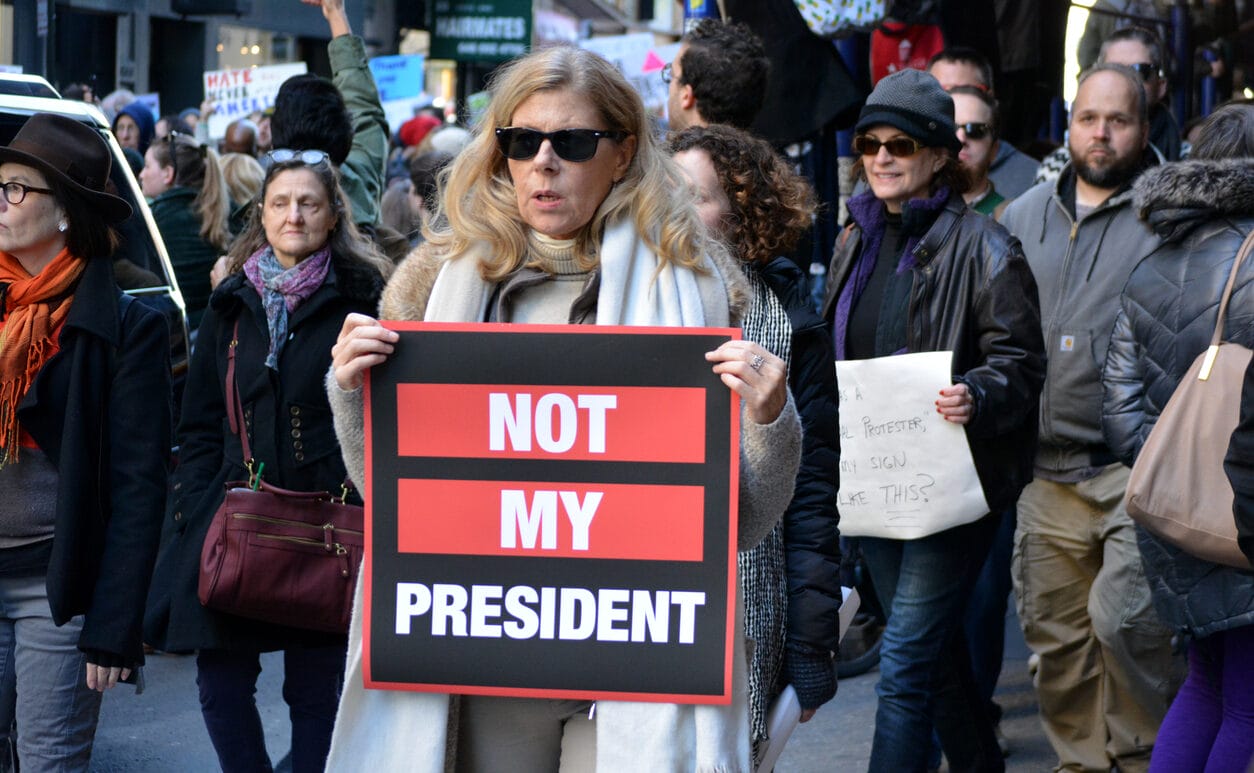Ranked-choice voting: making voters equally unhappy

There’s a fix for our “outdated electoral system,” journalist David Daley writes for UK-based Guardian: “The best solution to the urgent ‘spoiler’ problem – which we’ve been exhaustingly debating since Ross Perot’s run in 1992 – is ranked-choice voting (RCV).”
He even cites the two U.S. states where it’s been tried—Alaska and Maine.
But in Alaska, voters have already soured on this novel “solution.”
“Alaska is one of a few states that has ranked choice voting as part of its elections, but a ballot measure in November could change that,” the Washington Examiner notes.
A new group, called Stop RCV, adds that “RCV takes elections in the wrong direction, and so it’s no surprise that after using it once, Alaskans are pushing to get rid of it. There’s a long history of voters trying and rejecting RCV.”
He’s right. Our own research shows that RCV disenfranchises large numbers of voters through a phenomenon known as ballot exhaustion. It also invites political manipulation on a broad scale.
What’s more, RCV does not decrease political polarization as many claim, and may, in fact, increase it. More states should follow Tennessee and Florida’s lead in banning RCV before it’s implemented.
It’s Complicated
Ranked-choice voting (RCV) is a system that permits voters to rank their preferred candidates on the ballot. If a candidate receives a majority of first-preference votes, then he or she is declared the winner. If no candidate earns a majority of first-preference votes, then the person with the least number of first-preference votes is eliminated.
The first-preference votes for this candidate are eliminated, and the affected ballots have their second-preference vote elevated to first-preference. The results are then calculated again, and if no candidate has still received a majority of first-preference votes, the cycle continues.
But ranked-choice voting systems can disenfranchise voters through simple “ballot exhaustion” — voters have to participate in each subsequent round of voting, or else the results will be skewed.
For example, a 2015 study reviewed 600,000 votes cast using RCV in four local elections held in Washington state and California. The study found that “the winner in all four of our cases receives less than a majority of the total votes cast, a finding that raises serious concerns about [RCV] and challenges a key argument made by the system’s proponents.”
Another study found more than 9,600 “exhausted ballots” in a race where the winner had only 4,321 votes total.
Confusion
Ranked-choice voting systems can create confusion in at least two different ways—not least in RCV’s complexity. In Maine, for example, “voter confusion was so pervasive that proponents of ranked-choice voting felt the need to publish a 19-page instruction manual to help voters navigate the process.”
The second way in which RCV systems can engender confusion is through its requirement that voters rank many, if not all, candidates on the ballot. As the Maine Policy Institute and the Alaska Policy Forum point out, RCV’s design “demands that voters have a large amount of information about candidates’ differing views.”
What can states do?
In 2022, Florida Gov. Ron DeSantis signed a law which, amongst many other measures, bans RCV across the state. Tennessee enacted a similar measure in February. Five more states followed that up with a ban in 2024. In both cases, the ban on RCV extended to elections administered by the state as well as to those administered by local governments.
What’s more, although the governments of Florida and Tennessee were controlled by Republicans when the states banned RCV, experts have made sure to note that banning RCV has bipartisan support. Many nationally prominent Democrats, such as former California Gov. Jerry Brown and current California Gov. Gavin Newsom, have expressed concerns over the confusing nature of RCV and whether or not it would truly change American democracy for the better.
Considering the consequences of the RCV system, policymakers should seek to advance bills against RCV and make it clear that this problematic system is unwelcome in state and local elections.
James Quintero is the policy director for the Texas Public Policy Foundation’s Taxpayer Protection Project.



